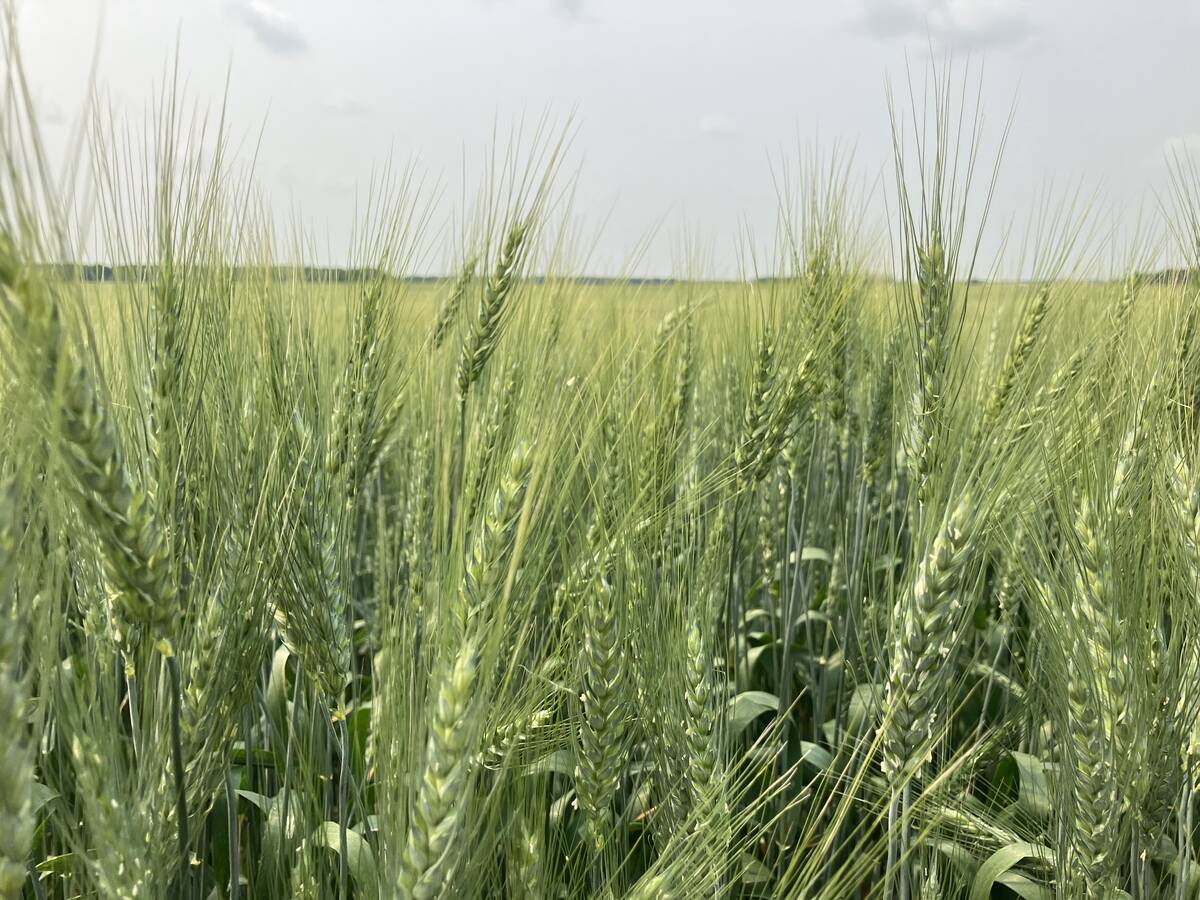Rules are not relaxed just because you’ve given an old product a new task, ensuring the crop is right for harvest
The use of desiccants in pulse harvest is coming under increased scrutiny, as are chemicals used to create uniform pre-mature dry-down. But for now, desiccants are still on the table.
Keep in mind that a desiccant is nothing more than a herbicide with a different job. In addition to the unique role you are now asking it to play, the herbicide must still be treated with the same respect it was given earlier in the season. It can still cause extensive expensive damage to adjacent crops.
Peas generally don’t need a desiccant. They dry down beautifully in August without help. With later maturing pulses such as lentils, growers will often give a squirt of Reglone to ensure uniformity.
Read Also

Sorting out the noise on fertilizer biologicals and biostimulants
Biologcials and biostimulants are gaining traction, but experts say Prairie grain growers still need to ask hard questions and look for data that backs up companies’ claims.
There are two important considerations in planning your desiccation strategy. For one thing, the crop canopy is fully foliated. There’s a lot of leaf area, making it more difficult to get thorough coverage. For that reason, cutting back on water volume is a bad idea.
The other consideration is that desiccants are contact product. Whether you use Reglone or Heat, you need lots of water. They’re not the same mode of action, but they’re both contact products, reminds Tom Wolf of Agrimetrix in Saskatoon.
“We always need more water for contact products. Water is the single-most critical component of any good desiccation application,” Wolf said.
“You can do that with a bigger nozzle or you can simply drive slower, just as long as the math works out. Sometimes people are reluctant to drive very fast in a mature crop because of the damage they might do.
“They’ll slow down enough so their 10-gallon nozzle is correct to give them a 15-gallon rate, which is required by most products. The Reglone label still calls for 20 gallons per acre.”
Wolf says that may sound like a lot of water in today’s world of lower water volumes, but if the label says 20 gallons, you’re better off following the label, especially if there are issues with a performance guarantee.
Because of the time constraints inherent in bigger farms, some growers suggest the desiccant sprayer keeps working all night long if possible. Wolf says it’s true that Reglone works best when applied late in the day when the sun is low, or at night.
“The main reason is that Reglone is a contact product, and the mode of action requires photosynthesis to be happening. Two factors — if you spray when the sun is out, Reglone starts working immediately. Within an hour or less you can see that it’s working. You might think that’s good, but it isn’t. That only tells you that it’s working.
“If you spray after sunset, the active ingredient has six or eight hours to work it’s way around in the leaves and down into the stems. Then when the sun comes out, photosynthesis starts up again and the product works better. So yes, this is one of the few times I advocate spraying at night.”
Wolf says inversions and stable atmospheres are still the same problem whether you’re desiccating with Reglone or spraying any other herbicide during the day. They create a drift hazard.
“It’s that old conflict of trying to balance two contradictory factors — higher efficacy spraying at night versus higher drift risk because of inversion.”
Dew is another positive factor in night spraying. Wolf isn’t sure, although he concedes that a number of people think it helps.
“We’ve observed and documented that the dew spreads water out over the leaf surface a little more, and that water carries the chemical with it for better coverage. But once again we have two contradictory factors. Heavy dew can run off the leaves and carry the chemical along with it to the ground. Too much of a good thing, maybe.
“We’ve seen both scenarios and measured them both. We didn’t find that spraying wet leaves is necessarily a bad thing, but if the leaves are wet to the point of water running off, then you will lose product.
“But here’s the good news. If you wait two hours after sunrise before spraying, two nice things happen. First, the inversion will burn off if there’s direct sunshine. Secondly, more of the heavy dew will be burned off so there’s less risk of runoff and a better chance the dew will help distribute the product.”
Wolf says North Dakota State University has a mesonet of 130 weather data stations situated in key farming areas around the state. Each station is equipped with two temperature sensors, which predict the odds of inversion in that area. The station has one temperature sensor at the level of the crop canopy, while the other is five feet higher than the canopy.
If the low temperature is lower than the top temperature, then inversion is likely. The greater the discrepancy between the two sensors, the higher the risk of inversion and the more severe that inversion will be.
“Farmer’s Edge uses this technology on their weather stations. They have the largest privately installed weather network in North America, possible in the world. I don’t think every station does inversion prediction, but it’s certainly a step in the right direction in terms of stopping spray drift.
“Bayer’s FieldView and Deere’s Crop Intelligence also make this service available. As the cost of sensors comes down it should become easier to equip all networks.”
















